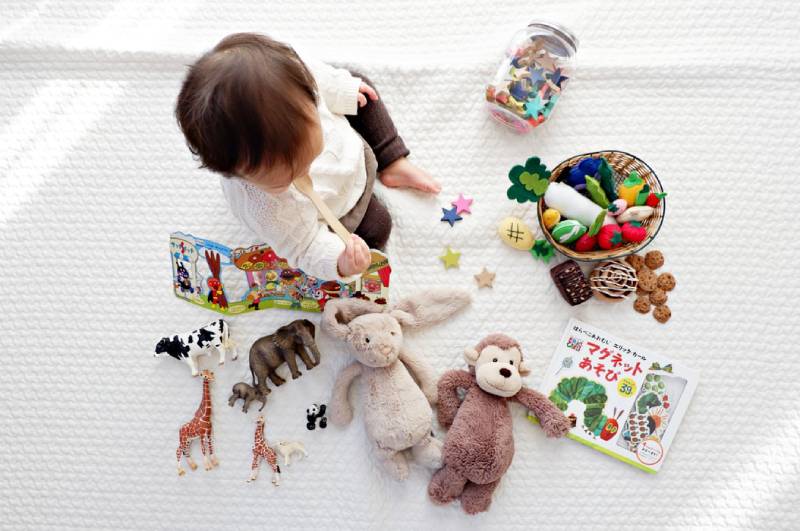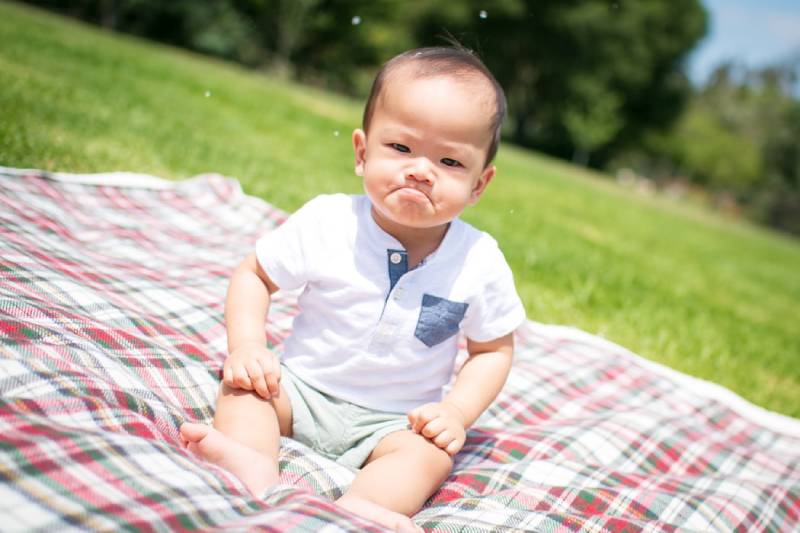Potty training: 7 things every parent should know

Potty training is often a confusing time for new parents. When should you start, and how? Our experts help you with the most common questions.
CAN YOUNG BABIES BE TRAINED?
Advocates of the elimination communication technique believe even young infants can go diaper-less, as long as parents learn to identify their babies' bowel and bladder cues, and then bring them to the potty.
Our experts, however, say this is hardly practical in the Singapore context.
Babies under 12 months have no control over their bladder or bowel movements, so it can be frustrating for parents to constantly watch out for signals, says paediatrician Dr Wong Chin Khoon of SBCC Baby and Child Clinic.
"It cannot be easily done part-time and must be taught to anyone caring for the baby. It's almost impossible for a working mum, maid or grandparents, who have other responsibilities. It's also impossible to be enforced at a daycare centre," he adds.
WHEN IS THE RIGHT AGE TO START POTTY TRAINING?
"Many kids show interest in potty training by two years old; others might not be ready until they are 2½ or older," says Dr Wong.
But potty training success really depends on your child's physical, physiological and emotional readiness, not a specific age.
SHOULD YOU REWARD YOUR LITTLE ONE TO MOTIVATE HIM?
Praise is an integral part of potty training, even if Junior makes a mess. If your child makes an effort to go to the potty, reward him with praises, says Dr Wong.

"Rewards can also be in the form of cookies, stickers, stars on chart, verbal praises or even a trip to the park.
"Each child responds differently to different rewards. You should experiment to find out what works for yours.
"Positive reinforcement and motivation can sometimes do wonders," he adds.
Audrey Tan, principal of Learning Vision at Raffles Place, says while rewards may work well for certain children, parents shouldn't be too anxious to the extent of placing their child's toilet training progress above all else.
Dr Wong adds that this method may not work if your child isn't ready for potty training.
WHY DOES HE STILL WET HIMSELF OCCASIONALLY?
Potty training can take up to months. In the early days, expect a number of "accidents", says Audrey. But don't lose your cool.
"Spanking or disciplining your child if he accidentally wets himself can lead to power struggles, and is not an effective way to potty train. It's detrimental to the relationship between child and parents," says Dr Wong.

Caution: Avoid negative words like "dirty", "naughty" or "stinky", as they can embarrass your kid.
"Talk about bowel movements and urination in a simple, matter-of-fact manner instead," he says.
IS IT TRUE THAT GIRLS TEND TO LEARN IT FASTER THAN BOYS?
Girls tend to have a slight edge over boys when it comes to potty training, Dr Wong says.
According to Audrey, research shows that girls typically show interest in potty training at around 2½ years, while boys are ready only about a year later.
Again, this is a general figure and varies from child to child.
AREN'T POTTY TRAINING AND POOP TRAINING ARE THE SAME? ONCE HE'S MASTERED HIS BLADDER, HE'LL HAVE NO PROBLEMS WITH THE LATTER.
Don't we all wish that Junior magically learns to pee and poop in the potty all at once? That would certainly save you lots of cleaning.
In reality, mastering the former and the latter aren't quite the same thing.
ALSO READ: How I got my child to stop using diapers completely in just 1 week!
Dr Wong says some children who learn to use the toilet may move quickly from stage to stage - for instance, from passing urine in the potty and moving bowels to staying dry all night.
Others may linger at a certain stage for months. This is usually normal.
CAN PULL-UP TRAINING PANTS CAN HELP EASE THE TRANSITION FROM DIAPER TO UNDERPANTS?
They look and feel like underpants, and can help allay any anxiety during the transition.
According to Audrey, pull-up pants can give your child a sense of independence, and allows him to remove it easily whenever he uses the potty.
This article was first published in Young Parents.